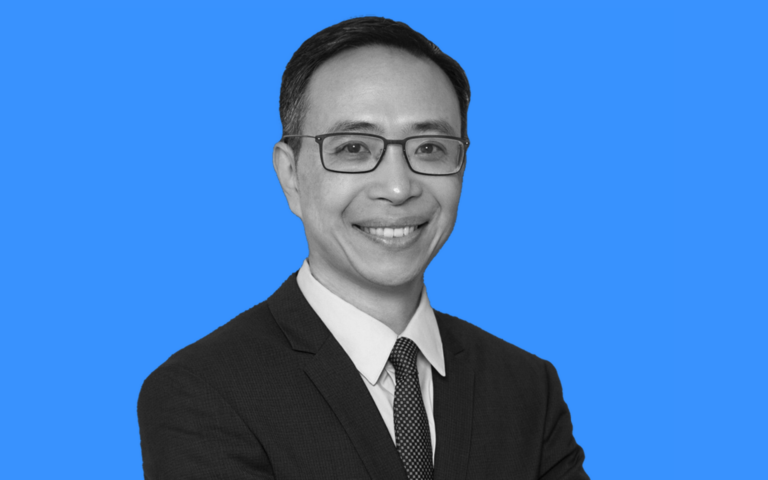Lawrence Yang
Lawrence Yang, professor and chair of the Department of Social and Behavioral Sciences at the NYU School of Global Public Health, discusses his research on migration stigma and mental health outcomes for migrant communities in the U.S.

Read Time: 3 minutes
Published:
Lawrence H. Yang is a professor and chair of the Department of Social and Behavioral Sciences at the New York University School of Global Public Health. His groundbreaking research on stigma, including the “What Matters Most” framework and recent work on migration stigma, offers crucial insights into how culture shapes mental health outcomes for migrant communities in the United States.
Public Health Post: Your “What Matters Most” framework examines how culture shapes stigma. How can this approach inform our understanding of the unique mental health challenges faced by different migrant groups?
Lawrence Yang: Traditional stigma theories don’t systematically include cultural tailoring—they assume a universality of experience. The “What Matters Most” framework enables a deepened understanding of what is most valued and what is most at stake for people in a local cultural group, and how that lived dynamic shapes stigma and mental health.
What matters most to migrant groups is likely to be quite locally determined. For some, it might involve work and contributing to the family household. For others, like highly religious groups, adherence to religious practices might matter most. Helping groups achieve these valued practices and roles could promote mental health because it enables social integration within the group itself and helps people be respected as full-fledged members of their community.
How does the recent political rhetoric around immigration in the U.S. affect the mental health and well-being of migrant communities?
We’ve developed this new concept of migration stigma. If you’re identified (or “labeled”) as a migrant or immigrant, that sets off a chain of processes: you’re stereotyped, there’s separation between “us” (citizens) and “them” (“migrants”), there’s status loss, and then there’s discrimination on both individual and structural levels. This process unfolds in the context of power differentials between groups. Whether you’re documented or undocumented, this toxic politicization affects you. Even if you’re second generation or have legal status in the U.S., just being identified as a migrant can trigger these harmful effects.
There’s a powerful quote from a Latino man responding to recent political rhetoric: “Calling us murderers, rapists, and drug dealers, it just hurts me as a Latino. It hurts me as just a person.” This shows how stigma affects everybody who could be identified with that group.
What do you see as the most overlooked mental health issues for migrants in the U.S.?
Migrant groups face enormous mental health challenges when they come to the U.S. They can undergo traumatic experiences just to arrive here, and we see elevated rates of depression, anxiety, and post-traumatic stress disorder. Even in states that allow access to mental health care, the services often aren’t geared toward helping migrant groups. Migrant groups may not be familiar with available mental health services, so they might not recognize when they’re experiencing symptoms that need care. Our mental health services also assume that you stay in one place, but migrant groups often have to relocate for work opportunities or move between their home country and the U.S. Constant potential disruption in care can result.
Your work has involved studying untreated psychosis in rural China. Are there lessons from this research that could inform approaches to addressing unmet mental health needs among migrant populations in the U.S.?
One promising solution is known as “task sharing,” where people who are less formally trained take on some mental health screening and counseling work that would ordinarily be undertaken by mental health professionals. In rural China, community health workers help identify people with mental health needs and support medication adherence. We could use the same approach in migrant communities here—training someone from that community who understands how mental health impacts look in their group. They could identify people who need help, provide some basic counseling, and make referrals when needed. Having someone from the community itself can make a real difference in building trust.



